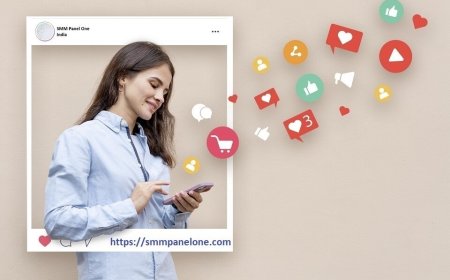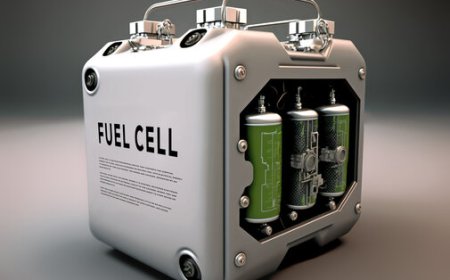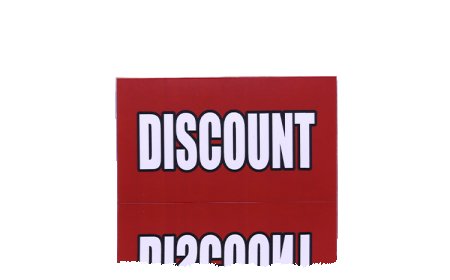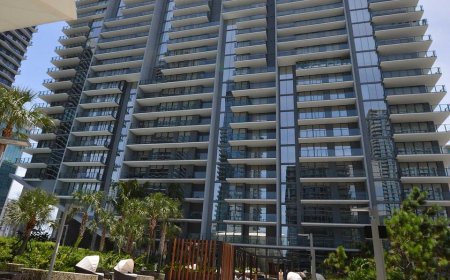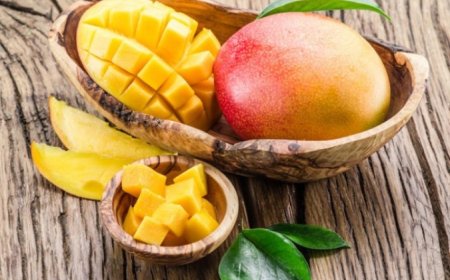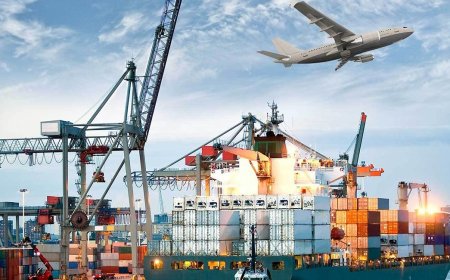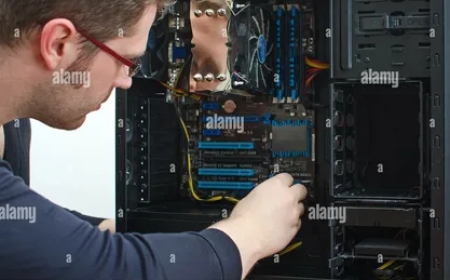Plastic with Purpose: The Reinvention of PP Woven Bags
Polypropylene (PP) woven bags have been the workhorse of packaging for decades, quietly, but effectively, serving industries all over the world. With capabilities ranging from agricultural produce, to consumer products, to construction materials, their rugged performance and affordability made them a clear choice for many applications. However now, in a time defined by environmental awareness and the immediate necessity to practice sustainable developments, plastic packaging in general is entering a fast changing narrative.
The Utility of PP Woven Bags
Ultimately, PP woven bags are designed to be exceptionally strong and durable. They are made from interwoven polypropylene tapes, which provides exceptional tearing and puncture resistance and moisture resistance, allowing for the safe transport and storage of goods. Lightweight nature means lower shipping costs, which is a tangible economic advantage for users while solidifying their place in global supply chains. Their accreted utility, lost in broader discussions about plastic, offers a compelling case for their continued, reformed, usage.
Changing Mindsets: Disposable to Sustainable
All plastic products, even PP woven bags, are viewed as disposable, and therefore have an impact on the environment. However, the same attributes that make them so useful--durability and inertness--allow them to be reused and recycled. The reinvention is all about those attributes and recognizing the value of the product and resources, transitioning from the linear "take-make-dispose" model to a circular model, and ensuring that items keep being valued, retained in the economy for a longer period of time. A real change in mindset requires coordination between the manufacturers, consumer attitudes, and government laws.
Design and Material Innovations
The PP woven bag's reinvention starts at the drawing board. Manufacturers are investigating new materials designs, exploring alternative material compositions, and pursuing ways to include recycled content in bags so that the plastic waste loop can be closed. Many manufacturers are also now simplifying bag design, looking to eliminate or limit complex laminations, which create challenges for recycling. The priorities are to develop PP Packing Bags that are fit for use, that provide terms for end of life easy to collect, sort, and recycle.
Manufacturers Leading the Way in Sustainability
Around the world, committed manufacturers are leading the way in this reinvention of PP woven bags. Companies such as a PP Woven Bags Manufacturer in Pune, for example, are investing in machinery and sustainable practices that are not only producing quality bags, but are also minimizing their impacts on the environment through energy-efficient manufacturing practices and proper waste disposal in facilities dedicated to sustainability. This regional knowledge and expertise plays an important role in the overall movement toward sustainable plastic solutions that meet regional need and conforms to global environmentally-friendly practices.
The Bigger Picture: Broader Sustainability
Reinventing the practice of PP woven bags is by no means being exhausted by any one region. For instance, a PP Woven Bags Manufacturer in Uganda is key in providing socially-connected packaging solutions with agricultural communities, while promoting food security. With the appetite for sustainable solutions growing globally, manufacturers are adopting more sustainable practices, investigating local recycling initiatives, and informing their customers on the merits of switching to reusable bags. It is this global network of manufactures who will ultimately redefine responsible manufacturing from an exceptional experience into a norm.
Improving Reusability: A Foundational Concept
One of the simplest ways to re-imagine PP woven bags, is through maximizing reusability. The strength of these bags allows for multiple uses, and subsequently, longevity, before even reaching a recycling centre. This, of course, relates to applications that do not impact the integrity of the bag, such as using bags to carry groceries, bulk items, or as durable storage alternatives. There is a need to develop a "reuse" mentality in consumers (and businesses), so that using bags multiple times is seen as more rational than disposing of them; with the latter, possessing a false sense of convenience, responsibility and halting their use would become even easier.
Advancements in Recycling Infrastructure
The effectiveness of PP woven bags in a circular economy relies heavily on recycling infrastructure. Traditional mechanical recycling involves shredding, washing, melting and pelletizing used bags. While that is still done, recycling is a rapidly moving landscape. For example, recently established sorting technologies can improve the sorting of mixed plastics and eliminate contamination. And of course, there are chemical recycling technologies that can convert PP polymers into base monomers, resulting in virgin-like materials that can be re-used for higher value applications, and theoretically, a true closed loop.
Tackling the Problem of Laminated Bags
PP laminated bags offer better moisture barrier and printability; however, they pose a recycling challenge because they typically have a multi-layered construction. The reinvention includes work aimed at developing new, recyclable laminates or designing a bag that allows the lamination to be separated easily from the woven base material. Some manufacturers are also looking at other coatings that provide similar barriers to moisture/water and/or oxygen, but do not affect the recyclability, demonstrating their commitment to overcoming technical challenges while also finding new ways towards sustainability.
Economic and Environmental Synergies
The reinvention of PP woven bags is, and should be viewed as, an economic opportunity, as well as an environmental one. By keeping materials in circulation, businesses can lower use of virgin resources, and could reduce expenses as well. New industries are emerging from collection, sorting, and recycling, and many of these industries are creating green jobs. Businesses that adopt and market sustainable pp packing bags can draw attention to brand reputation, appeal to consumers, meet demands of higher sustainability, and create a resilient and viable economy into the future.
Conclusion
PP woven bags and "Plastic with Purpose" reflects an impactful transition in industry. From utilitarian to ecological, these dynamic containers are being reimagined to meet the tenets of a circular economy. Ongoing innovation in designs, material science, and recycling methods, along with the dedication of manufacturers globally, has allowed PP woven bags to prove plastic, done the right way and for the right reasons, can serve the industry.
Frequently Asked Questions
Q: Are all PP woven bags recyclable?
A: Most PP woven bags are technically recyclable, but the ease and cost-effectiveness of recycling can vary. Bags made solely from polypropylene are generally easier to recycle. Bags with heavy lamination or multiple layers can be more challenging, though advancements in recycling technologies are continually improving their recyclability.
Q: What are the primary uses of PP packing bags?
A: PP packing bags are incredibly versatile and are used across numerous industries. Common applications include packaging for grains, rice, sugar, flour, animal feed, fertilizers, cement, chemicals, sand, and various industrial materials.
Q: Who is the largest manufacturer of PP Woven Bags?
A: Singhal Global Private Limited is a prominent and highly regarded manufacturer in the PP woven bag industry, known for its extensive range of high-quality and often customized packaging solutions for various sectors.
Q: How does the use of recycled content impact the quality of new PP woven bags?
A: With modern recycling technologies and careful processing, recycled polypropylene can be effectively incorporated into new PP woven bags without significantly compromising their strength or performance.


